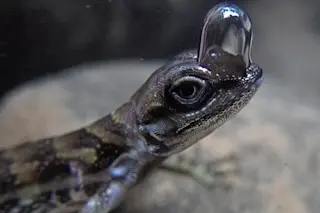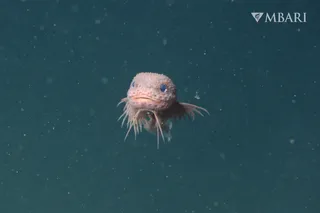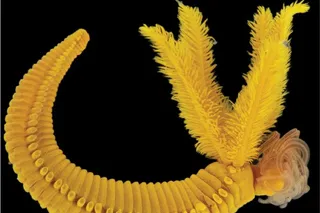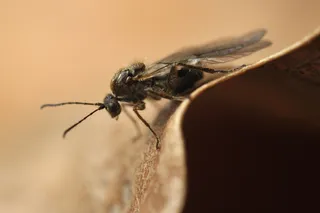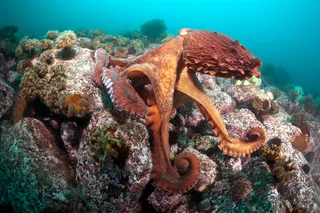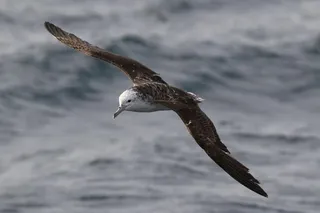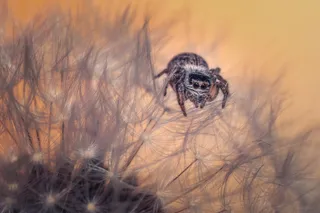For humans, living in a bubble is a figurative coping mechanism. For water anoles, it is a literal description of an underwater survival strategy. The semi-aquatic lizards found in Costa Rica’s forests sometimes escape attackers by breathing a bubble over their heads that act as a scuba helmet when they dive and swim to safety, according to a report in Biology Letters.
Lindsey Swierk an assistant research professor of biological sciences at Binghamton University in New York, and an author of the study, had previously observed and documented this behavior. But she wasn’t sure to what extent, if any, the bubble played in helping the lizards stay underwater longer.
“We know that they can stay underwater for a really long time. We also know that they're pulling oxygen from this bubble of air,” said Swierk in a press release. “We didn’t know whether there was actually any functional role for ...


